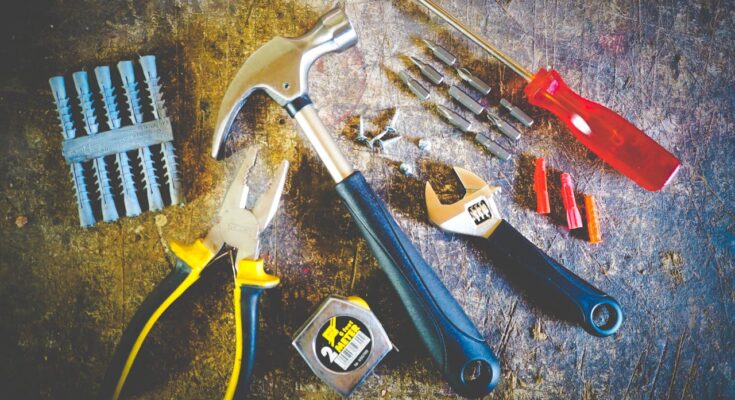Owning a home can be a bit of a rollercoaster ride, right? You think you’re all set until something unexpected pops up, like a cabinet door that won’t stay closed, creaky doors that give you the chills, or a chair that wobbles like it’s about to throw you off. It’s those little annoyances that can drive you nuts if you don’t take care of them. The silver lining? You don’t need a garage full of fancy tools to sort most of these issues out. With just five essential home repair tools, you’ll be able to tackle about 90% of the common problems that pop up around the house, and you’ll rarely need to call in a handyman.
Whether you’re new to homeownership or a seasoned DIYer, having these handy home repair tools on hand can save you a ton of time and cash and spare you from a lot of headaches. Let’s dive into the five must-have DIY repair tools you should always have ready for home repairs and why they are so important.
1. The Mighty Cordless Drill:
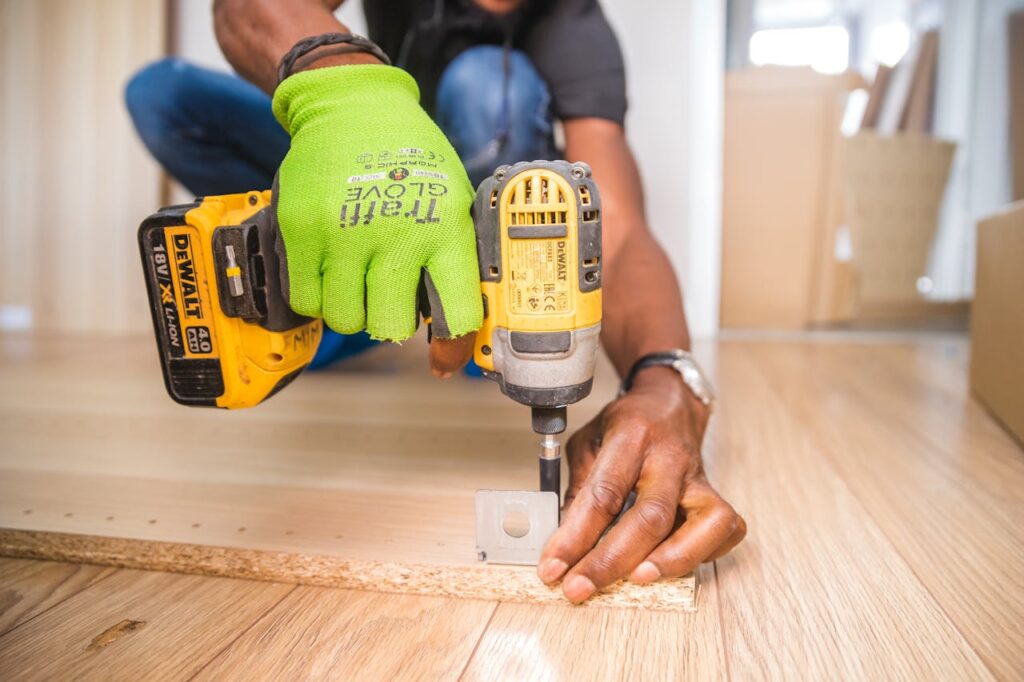
First up, let’s talk about the cordless drill/driver. This tool is basically a jack-of-all-trades when it comes to fixing things around the house. You can use it for everything—from putting together furniture and hanging shelves to making holes for anchors and tightening screws that just won’t budge. The beauty of a cordless model is that you don’t have to deal with messy cords tangling around everything.
When you’re on the lookout for a drill, go for one with a lithium-ion battery. They last longer and charge up pretty quickly, which is super convenient. Variable speed settings are a must, letting you tweak the power based on what you’re working on. This can save you from stripping screws or wrecking the material you’re working with. Another handy feature is a keyless chuck; that way, you can swap out bits without the hassle of using a key.
Keep a good set of drill bits handy too. Wood and metal bits are a safe bet for most projects, and if you plan on hanging stuff on brick or concrete, masonry bits will be helpful. Don’t forget about different screwdriver bits like Phillips, flathead, Torx, and hex to cover all your bases. With the right bits, your cordless drill can also work as a sander or mixer, which comes in handy when you’re doing small batches of paint or drywall mix.
2. The Good Old Claw Hammer:
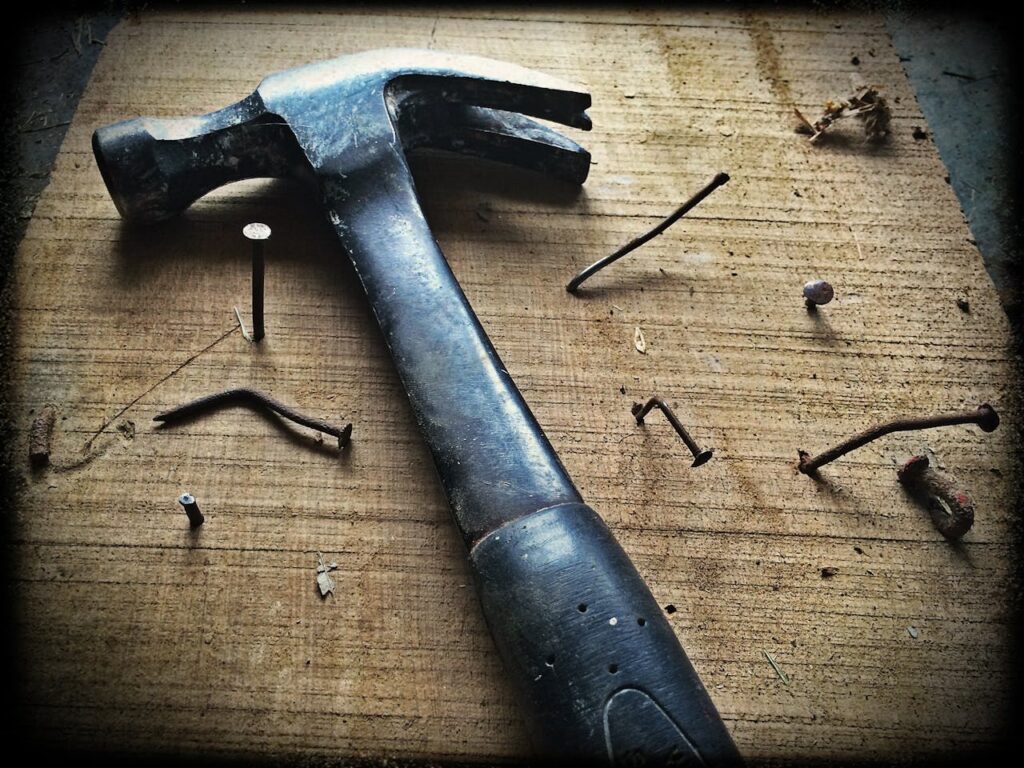
Next on the list is the classic claw hammer. You simply can’t go wrong with having one in your toolbox. This tool does a couple of essential jobs: you can drive in nails with the hammer side, and if you need to pull nails out, the claw does that like a champ. Whether you’re hanging art, piecing together furniture, or handling a little demolition, a solid hammer is a must-have.
When picking out a hammer, consider the weight and balance. A 16-ounce hammer is a sweet spot, giving you enough power without sacrificing control. Look for a handle that’s made from rubber or fiberglass, which can help reduce vibration and make it more comfortable to use for long stretches. Steer clear of cheaper hammers that might have poorly made heads, as those can chip or break pretty easily.
A nail setter is another handy tool you might want to get. It’s a little punch-like gadget that helps you drive nails below the wood’s surface without causing damage. This is super useful for work like trim repairs where you don’t want nail heads showing. With your trusty claw hammer and nail setter, you’ll be equipped to handle all sorts of repairs and small woodworking tasks.
3. The Multipurpose Adjustable Wrench:
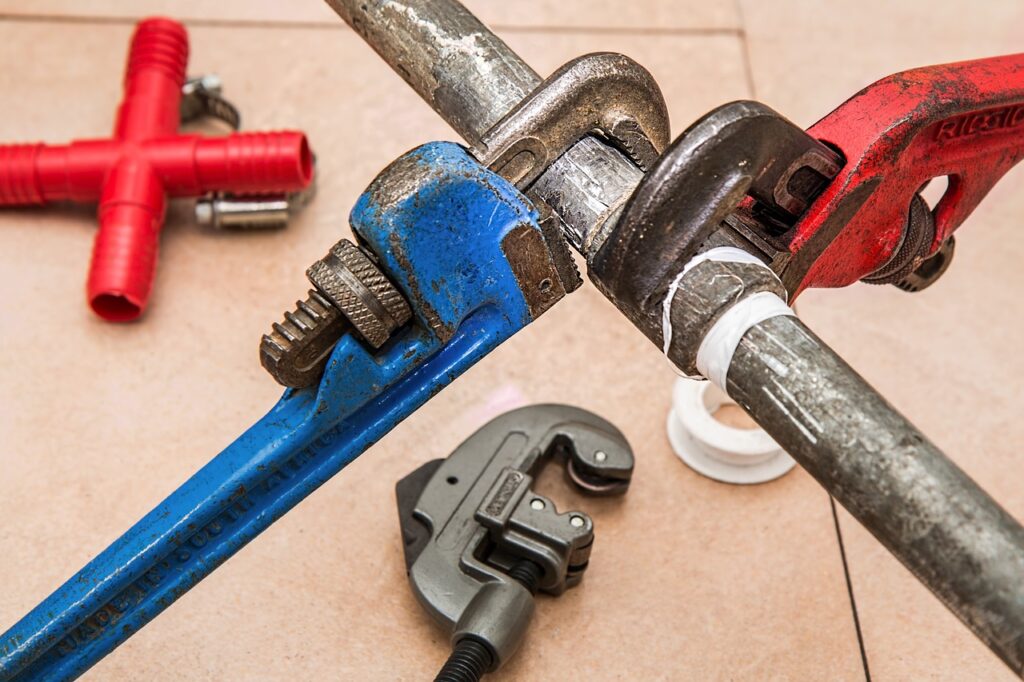
Next is the adjustable wrench—absolutely essential for tackling plumbing leaks, tightening furniture bolts, or dealing with those stubborn nuts that just won’t budge. The adjustable design means you can use it for various sizes of fasteners without having to drag along a whole set of fixed wrenches.
When you’re looking for a good adjustable wrench, make sure it adjusts smoothly and stays securely in place once you set it. The jaws should grip tightly, especially when you’re dealing with rusty or overtightened bits. A non-slip handle is also a game-changer for tasks needing some extra muscle.
While adjustable wrenches are great for most jobs around the house, if you’re getting into heavy plumbing work, you might need a pipe wrench for those tougher jobs. Pair your adjustable wrench with some plumber’s tape to avoid leaks when handling pipes or fixtures. Whether you’re fixing that wobbly chair leg or tackling a leaky faucet, this tool is seriously invaluable.
4. The Useful Multi-Bit Screwdriver Set:
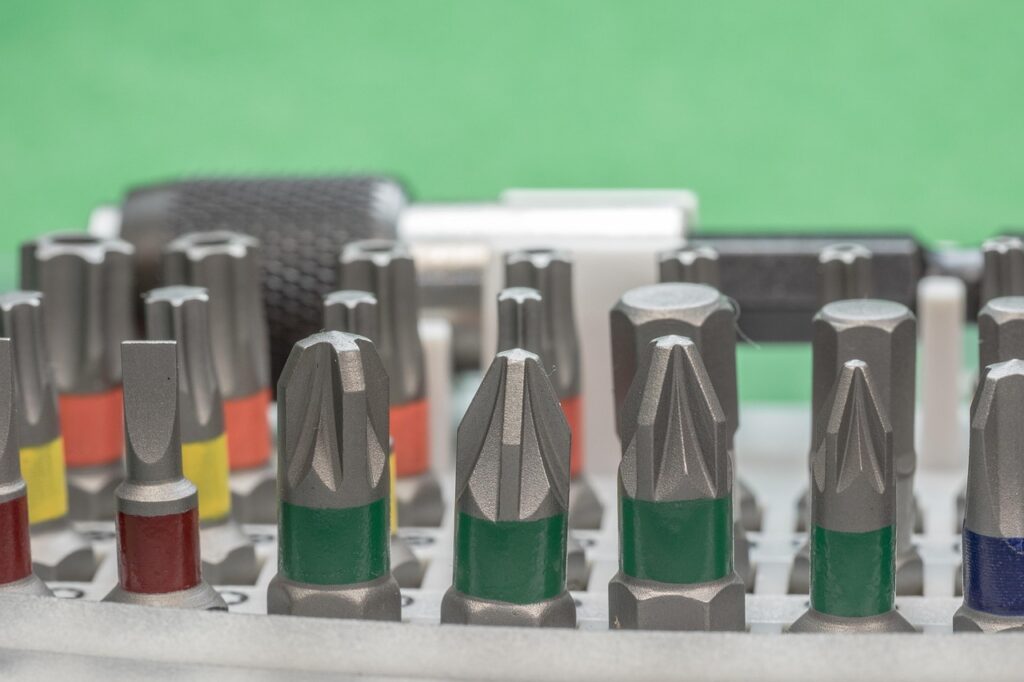
Now, a multi-bit screwdriver is another tool that can really simplify your life. Instead of rummaging through a drawer filled with mismatched screwdrivers, you have several options packed into one compact tool. Most will have different bits like Phillips, flathead, Torx, and hex, making it super handy for everything from electronics to furniture assembly.
The best multi-bit screwdrivers have a magnetic tip, which holds screws in place while you get them lined up. This can save you from those frustrating moments when screws drop or misalign. An ergonomic handle will also be a lifesaver, especially if you’re working on something that takes a while. Some even come with built-in storage for bits, which means you won’t lose those tiny but important pieces.
This tool is a lifesaver for jobs like tightening up cabinet hardware, putting together flat-pack furniture, or taking apart electronics to swap out batteries. It’s particularly useful for appliances too, as many of them have unique screws that a regular screwdriver can’t handle. Just by keeping a multi-bit screwdriver in your toolkit, you’ll be ready for almost any minor repair that comes your way.
5. The Trusty Tape Measure:
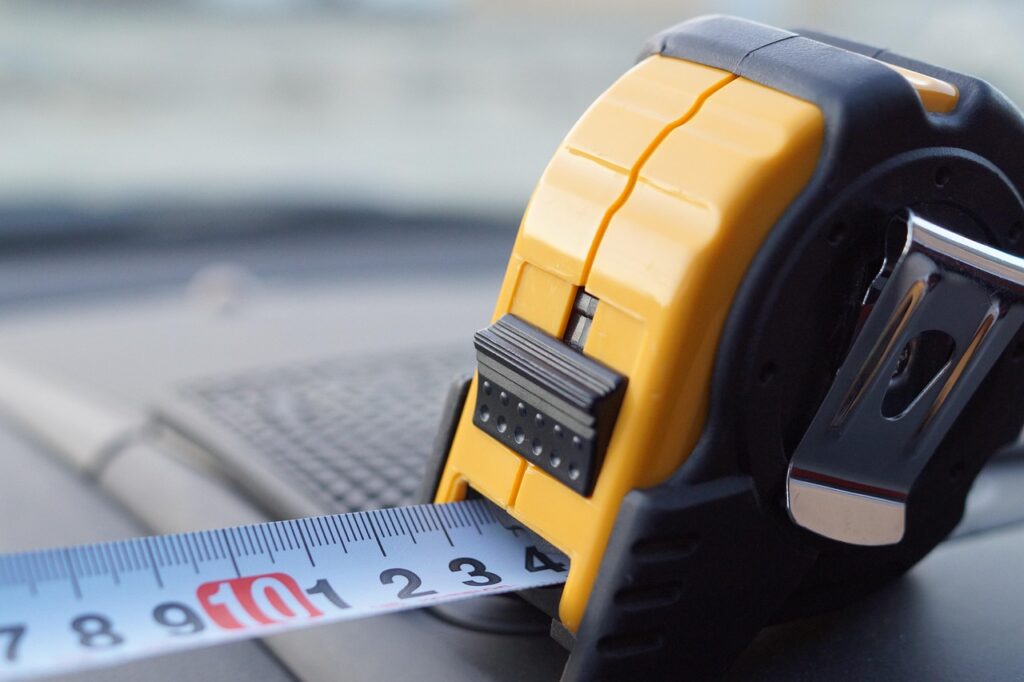
Last, but certainly not least, is the tape measure. Sure, it might seem simple, but it’s one of those tools you reach for constantly. Whether you’re putting up new curtains, buying some furniture, or planning out a renovation, taking accurate measurements means the difference between success and throwing money down the drain.
A 25-foot tape measure is usually perfect for most tasks, long enough for measuring rooms, but still compact enough for everyday use. Look for one that has a sturdy locking mechanism so it stays extended while you’re measuring—there’s nothing worse than a tape that retracts unexpectedly. Make sure the markings are clear and easy to read, including fractions if you’re using imperial measures.
Having a magnetic tip can also be a game-changer, letting the tape stick to metal surfaces so you can measure solo. Some models even come with a scribing tool or pencil sharpener built right in, which can be incredibly useful when you need to mark measurements on different materials. Whether you’re hanging shelves or checking if your new fridge will fit, a reliable tape measure is essential.
To Conclude:
With these five tools in your home repair arsenal, you’ll be well-prepared to tackle most of those little issues that arise. Investing in quality tools not only saves you a bunch of money from needing to hire help but also gives you the confidence to handle simple projects.
To keep your tools organized and easy to find, think about storing them in a dedicated toolbox or hanging them on a pegboard in your garage or closet. While these tools cover the basics, you might want to broaden your collection over time with items like a level, utility knife, or pry bar. This way, you’ll feel even more capable when the next home repair challenge comes your way. So, next time something seems off, like a squeaky door or a table that’s unsteady, you’ll be ready to roll up your sleeves and get to work. Happy fixing!

